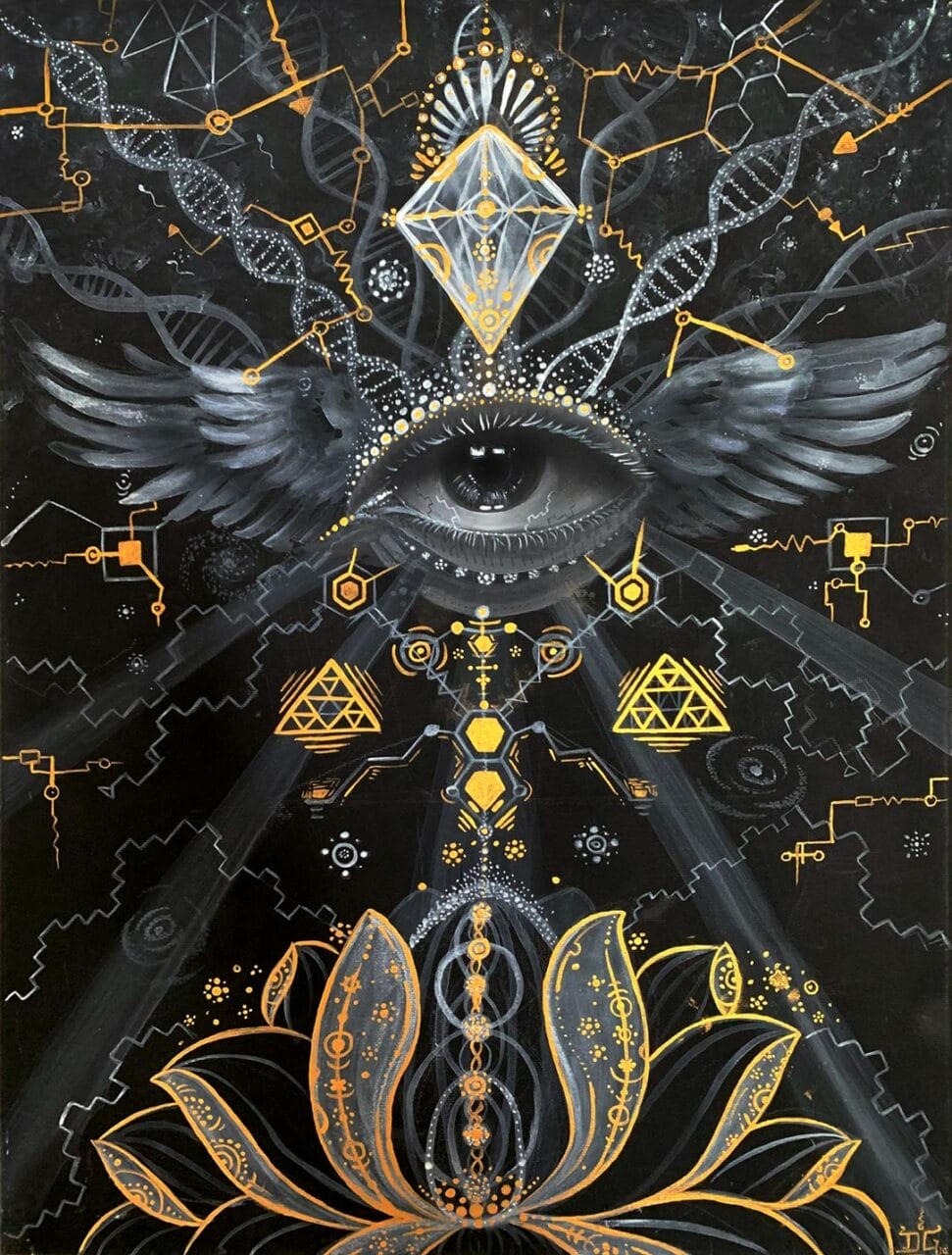
© Uni Kaya

© Uni Kaya
9000 Before Christ—This is how long shrooms have been recorded to exist. Psychedelic mushrooms are psilocybin-containing mushrooms with over 200 varieties that can induce hallucinations. These hallucinogenic effects can cause altered states of consciousness, visual and auditory hallucinations, and spiritual encounters.
This is why, for millennia, they were used in spiritual rituals, practices, and ceremonies across various cultures and tribes. Many of the recorded accounts are from the North and South Americas.
Humans have utilized natural psychedelics in several cultures throughout history. Archeologists have found evidence in the Sahara Desert that humans used Psilocybe Cubensis over 7000 years ago.
Archeological evidence shows this drug is represented in prehistoric art across several regions. One is the paintings depicting their usage from around 9000 BC by the Saharan aboriginal tribes of North Africa. Relatively, the famous Selva Pascuala mural rock painting in Spain created about 6000 years ago, suggests that the Psilocybe Hispanica was used during religious rituals.
It is becoming highly likely that they have greatly influenced our cultural development, religion, art, social values, and everyday life. Based on all of this, the substance appears to have impacted our culture and society.
Prehistoric—magic mushrooms have long been used by people from the past. This psychoactive substance we’ve come to know now has crossed so many centuries with many practices in its usage. Who wouldn’t appreciate and use nature’s offerings, right? It’s time we settle the history that brought shrooms to its status today.
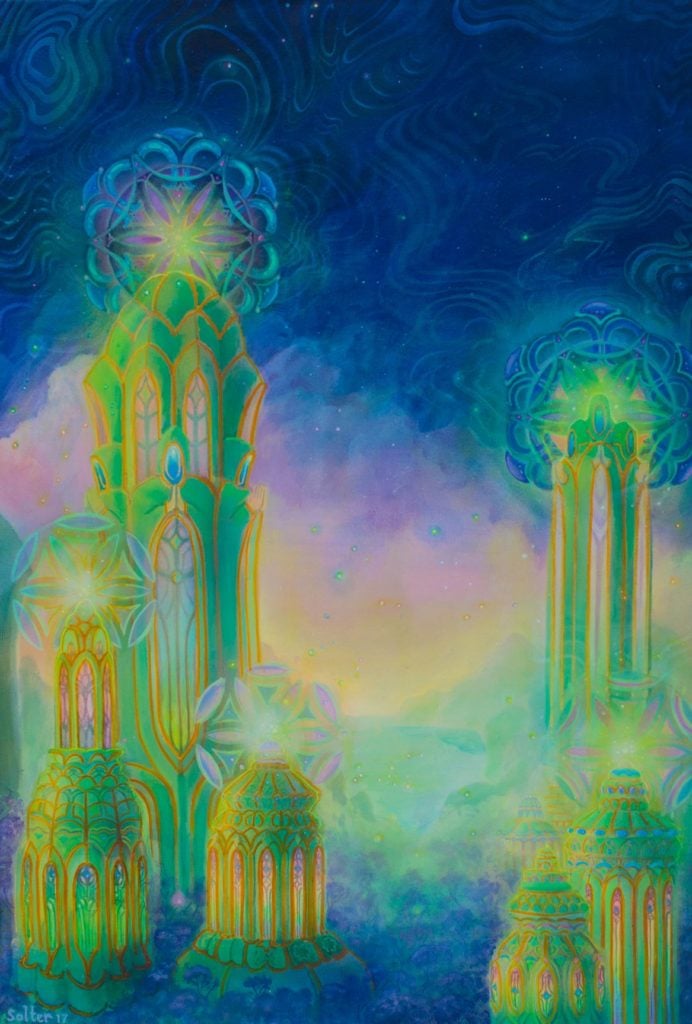
© Jonathan Solter
In his ‘Stoned Ape Hypothesis,’ Terence McKenna suggested that psilocybin may have led to evolutionary benefits for humans, including cognitive advancements. Although there are those who are largely skeptical about this, no one can deny that the concept is compelling.
Ancient civilizations represented cubes in symbols, paintings, and statuses. This depicted the shroom’s use in religious rituals. The Mayans and Aztecs used it as a tool to communicate with supernatural entities like deities.
As a culture-based community, Aztecs referred to it as the “teonanácatl,” which means the “flesh of the gods.” Back then, there was no concept of psychedelic experience, which is why they perceived it as godly.
Heading up north, in Siberia, hallucinogenic mushrooms have been used by Siberian shamans. They particularly used the hallucinogenic drug (shrooms) called “Amanita Muscaria” for spiritual healing and other traditional practices despite being poisonous mushrooms. It dates back ten thousand years ago.
In African tribal ceremonies, particularly among the Congo and Zimbabwean tribes, cubes facilitated communication with ancestors, induced visions, and promoted spiritual healing.
All these ancient civilizations have created an account of where we reference our psilocybin use today. These cultures have admired this substance due to their divine connection and induction of mystical encounters.
Many narratives depicted how shroom was linked to the mystical realm. Many accounts, like Gordon Wasson’s, have featured its emergence in folklore and mythology as a symbol of divine communication and enlightenment.
In ancient India, the Soma—a ritual drink described in the Vedas—was believed to induce altered states of consciousness. Many scholars like Wasson speculate that it may have been made from psychoactive plants, specifically, fly agaric. Some also say that this ancient concoction is a mixture of many plants.
Wherever it may have come from, the psychedelic past says that soma made sacred symbols appear during ceremonies. This highly represents the drink’s access to higher realms of knowledge or spiritual enlightenment.
There are early accounts in pre-Columbian history of Mayans and Aztecs using psilocybin mushrooms. The Spanish prohibited its use in the 15th and 16th centuries as they considered it to be uncivilized.
The shamans ignored the law and secretly used mushies. For over 4 centuries, they preserved their cultural heritage and continued taking magic mushrooms.
During the 1950s, cubes were introduced to the Western civilized world by key proponents like R. Gordon Wasson, Roger Heim, and Albert Hofmann. While on the expedition in Mexico, the three managed to extract the two psychedelic drugs (psilocybin and psilocin) found inside the shrooms that they had collected from the Mazatec tribe.
Wasson then detailed his discovery of magic shrooms, their use, and his findings in Life magazine. With all these writings and the spread of word of mouth, the drug gained popularity as a psychedelic substance.
In the 1960s, it became closely associated with the Hippie culture; it made a buzz and soon considered cubes the gateway to spirituality. It sparked huge debates that shaped the revolution of hallucinogenic drugs for recreational use.
In 1971, psilocybin was labelled as one of the illegal drugs by the United Nations Convention on Psychotropic Substances as a Schedule 1 drug. This was along with Lysergic Acid Diethylamide and N, N-Dimethyltryptamine. Back then, the experts deemed them to have no medical value and a high potential for abuse.
This has led to widespread criminalization in Western countries, including Canada and the U.S. As a result, the spiritual and therapeutic practices of the drug were severely limited.
In today’s society, cubes have seen a loosening of strict regulations, with legal efforts beginning with decriminalization. This is attached with the UN’s allowance to countries that have signed its treaty to regulate mushies as they see fit.
Further, a growing body of psychedelic and consciousness research and clinical trials strongly assert the drug’s possible medical application. According to a 2021 study exploring the therapeutic application of psychedelics, it said that the 1970 psychedelic ban halted advancements in its research.
Another 2004 pilot study revived interest in psilocybin, revealing possible neuropsychiatry treatment. This is in particular to psilocybin as a treatment for mental health disorders, including:
The debate about psychedelic cubes is so widespread that it has reached many formats to represent itself. People used media, art, and literature to rekindle the community’s interest in the substance.
Films like “Fantastic Fungi” by Director Louie Schwartzberg and documentaries on its therapeutic potentials have increased public awareness of their mental and physical effects. Michael Pollan, the author of “How to Change Your Mind,” has explored psychedelics’ application for mental health and spiritual growth, sparking renewed interest in their cultural and therapeutic significance.
| Prehistoric | Prehistoric usage, as evidenced by the stone art in the Sahara, Africa |
| Ancient | Maya and Aztec civilizations used teonanácatl in religious and spiritual rituals. |
| 16th Century | Suppression of use due to association with Indigenous beliefs |
| 18th Century | In 1799, an account of the drug’s “intoxication” surfaced when four children were accidentally fed Psilocybe Semilanceata. This sparked the usage’s negative consequences. |
| 20th Century | Wasson and Sabina introduced the drug into the Western civilized world, and the psychedelic revolution started with hippies. The UN decriminalized the possession and utilization of the substance. |
| 21st Century | Clinical research is emerging to prove its medical possibility. Health Canada opened a Special Access Program for those with TRD. |
Our continuous usage of cubes, backed by reputable scientific evidence, will thrive until they become internationally accepted.
Zoomies Canada shrooms online dispensary can help make that happen. Our offering of various products makes customers curious to try the mystical and therapeutic encounter with psilocybin. Get your preferred items at Zoomies today.
No. Amanita Muscaria does not contain the active compounds of a Psilocybe Cubensis. Rather, the psychoactive drugs in fly agaric are muscimol and ibotenic acid.
One of the many hypotheses theorizing Soma’s origin is that it is a concoction of many psychoactive plants. Similarly, ayahuasca is a psychoactive drink. However, the only account relating the two is that soma is an ayahuasca analogue. It gained caution for mushroom poisoning after being labelled as a poisonous mushroom.
It’s what we call today the Psilocybe Mexicana.
Featured Products
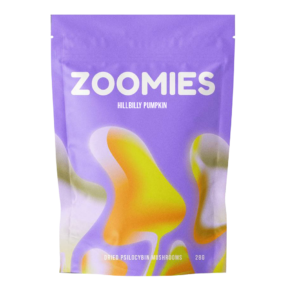
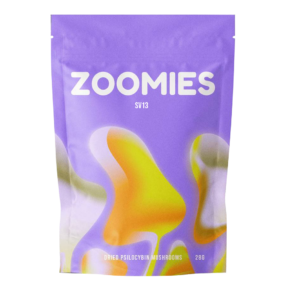
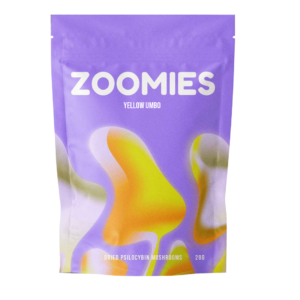
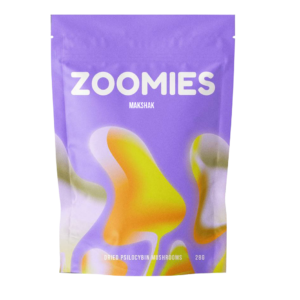
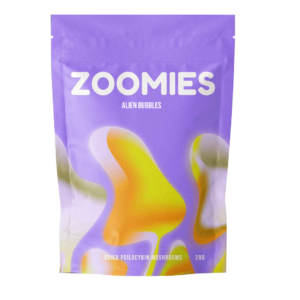
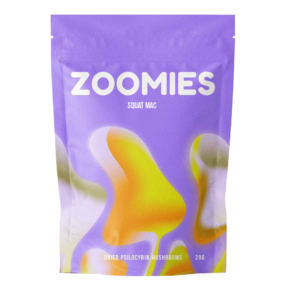
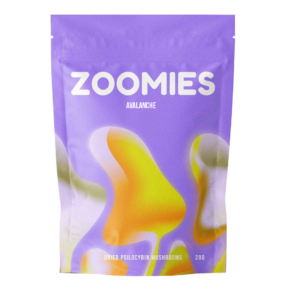
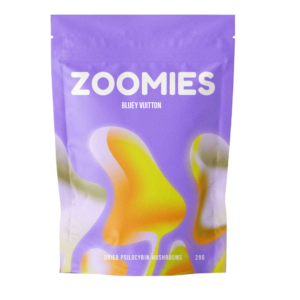
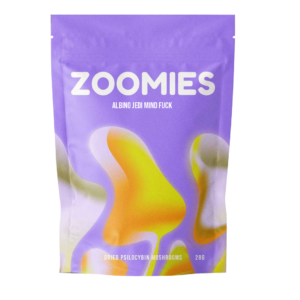
You’ve scrolled this far, let’s make this inbox official.
Sign up to receive news and updates.